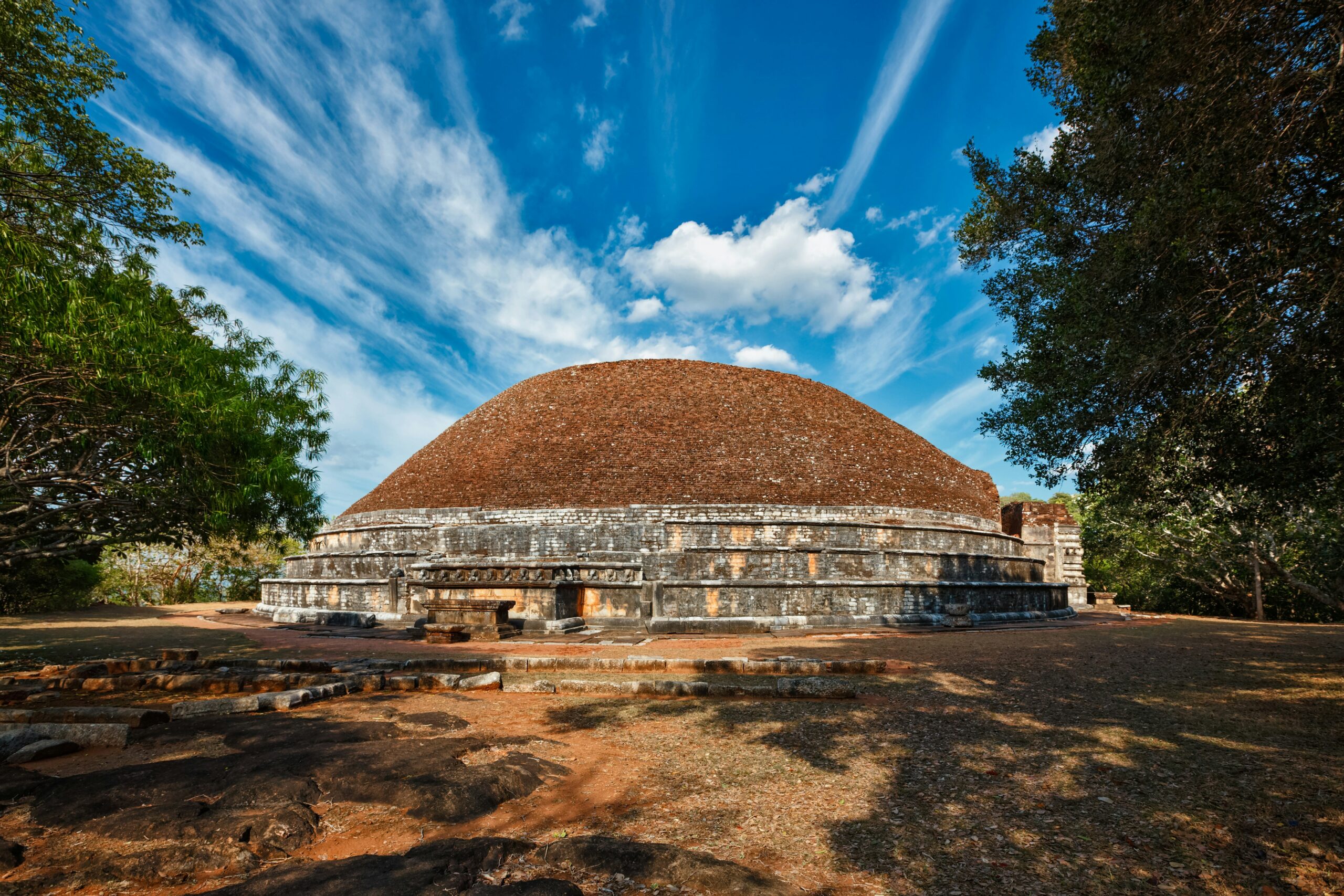
Heritage conservation is a vital aspect of preserving our history. It involves protecting old buildings, sites, and cultural landmarks that tell the stories of our past. But in a rapidly changing world, preserving these treasures often clashes with the need for new development. Cities grow, populations rise, and the demand for modern infrastructure continues to increase. This creates a tough balancing act between saving history and making room for progress.
The Importance of Heritage Conservation
Heritage sites offer more than just old walls and faded paintings. They connect us to the people who came before us. These places hold memories and traditions. They show how societies evolved, how people lived, and how cultures blended. Without conservation, these links to our past may disappear forever.
Preserving heritage also benefits communities today. Well-maintained historic areas attract tourists, which supports local economies. They provide spaces where people feel a sense of identity and pride. These places remind us who we are and where we come from. Losing them would mean losing a part of ourselves.
The Pressure of Modern Development
On the other hand, the world demands growth. Cities need new homes, offices, roads, and public facilities. Modern buildings offer improved energy efficiency, enhanced safety, and increased convenience. Developers and governments often see new projects as signs of progress and prosperity.
However, this rapid development can threaten heritage sites. Construction may require demolishing old buildings or altering historic landscapes. Sometimes, modern designs clash with the style of preserved areas. This can ruin the charm and authenticity of a heritage site. When the pressure to develop grows, heritage conservation may become a low priority.
Conflicting Interests and Limited Resources
One major challenge is that development and preservation often have different goals. Developers want to maximize land use and profits. Conservationists aim to protect cultural value and history. These goals can conflict, making decision-making difficult.
Limited resources add another layer of complexity. Heritage conservation takes money, time, and expertise. Not all communities can afford costly restorations or strict maintenance. Governments may struggle to fund preservation when faced with other pressing needs, such as healthcare or education.
Sometimes, a lack of clear rules or policies can exacerbate the situation. Without strong legal protection, heritage sites remain vulnerable to damage or neglect.
Finding a Middle Ground
Despite these challenges, many places find ways to strike a balance between growth and preservation. One solution is adaptive reuse. This approach gives old buildings new purposes. For example, an old factory can be converted into a community center or apartments. This maintains the structure while addressing current needs.
Careful urban planning also helps. Cities can create zones where development follows specific guidelines to protect heritage sites. These rules ensure that new buildings blend in with the surrounding architecture and landscape.
Public involvement is crucial, too. When local communities participate in decision-making, they often advocate for enhanced protection of their heritage. They understand the value of these sites and want to keep them for future generations.
The Role of Technology
Technology is playing an increasingly important role in addressing these challenges. Digital tools help document and monitor heritage sites. 3D scanning and modeling create detailed records that aid restoration work. Virtual reality provides an opportunity to experience historic places without physical impact.
Technology also supports education and awareness. People learn about heritage through online tours and interactive content. This increases public support for conservation efforts.
Challenges in Rapid Urbanization
In fast-growing cities, the struggle between development and preservation is even more intense. Urban sprawl can swallow up historic neighborhoods. Informal settlements sometimes appear in or near heritage zones, causing damage and neglect.
In such cases, conservation efforts must adapt. Flexible policies that respect local realities are necessary. Collaboration between planners, conservationists, and residents becomes vital to find workable solutions.
Cultural Sensitivity and Inclusion
Heritage conservation is not just about buildings or monuments; it encompasses a broader range of aspects. It includes traditions, languages, and customs. Development projects must consider the cultural significance of places and practices.
Sometimes, preservation efforts overlook the voices of minority or indigenous communities. This can lead to conflicts and loss of intangible heritage. Inclusive conservation respects all cultures and encourages diversity.
Environmental Concerns
Another layer to this challenge is environmental sustainability. Some older buildings utilize materials or designs that are not energy-efficient. Replacing them with modern, green buildings is better for the environment.
However, demolition creates waste and uses new resources. The key is to enhance old structures with eco-friendly upgrades, such as improved insulation or solar panels, without compromising their historic value.
Faced with these challenges, we require creativity, cooperation, and respect for both history and progress. By embracing new ideas, technology, and inclusive policies, we can protect our heritage while building a better future. This balance is not just possible — it is necessary for a world that values its past and looks to the future.